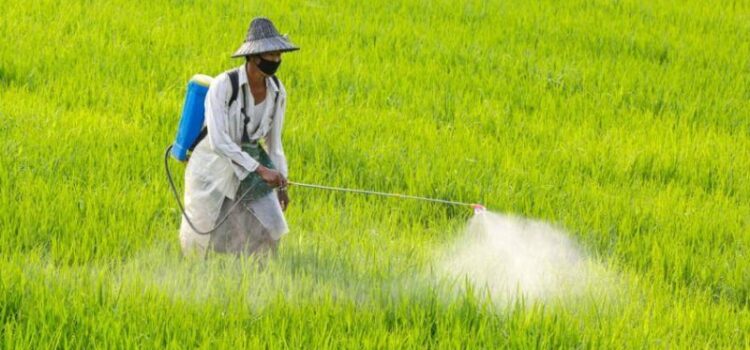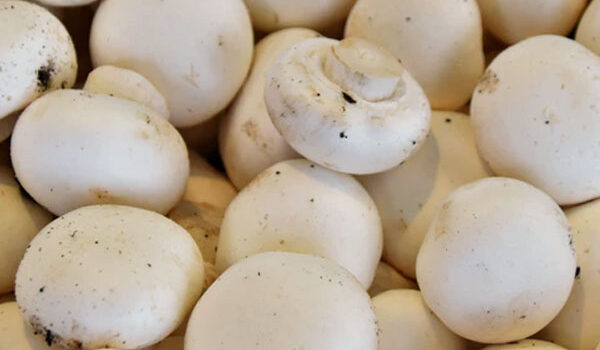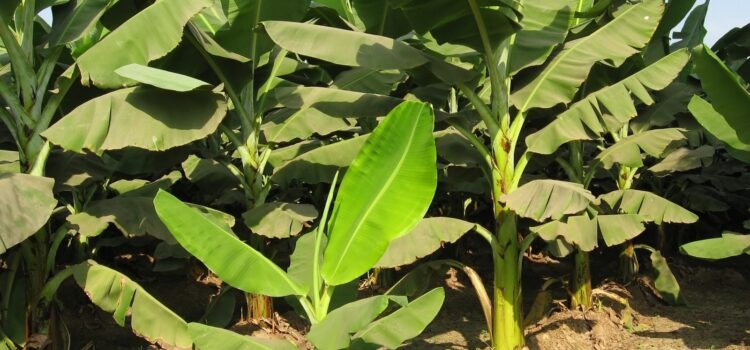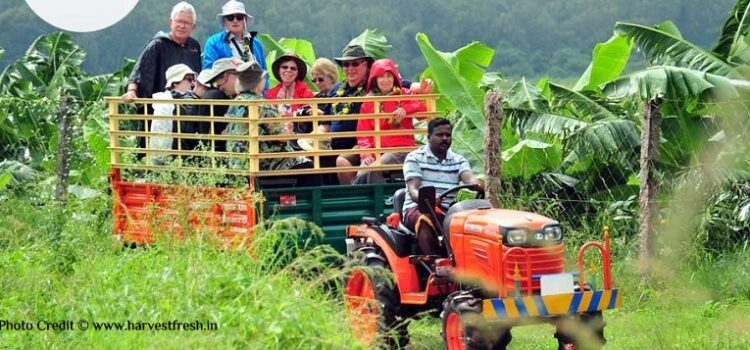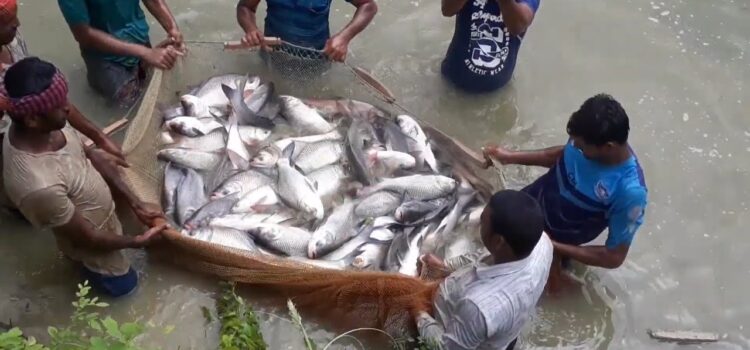Impact of Pesticides on Soil Health
Pesticides are chemical substances used to control or eliminate pests, including insects, weeds, fungi, and other organisms that can damage crops, livestock, or human health. While pesticides can be effective in managing pests and increasing agricultural productivity, their use can also have significant impacts on soil health. Here are some key impact of Pesticides on Soil Health:
1. Soil contamination:
Pesticides can persist in the soil for varying durations depending on their chemical properties. Some pesticides, such as persistent organic pollutants (POPs), can remain in the soil for years. When pesticides are applied repeatedly or in high concentrations, they can accumulate in the soil, leading to contamination. This contamination can affect soil organisms, including beneficial microbes, earthworms, and other soil fauna.
2. Reduced biodiversity:
Pesticides can negatively impact soil biodiversity by harming beneficial organisms. Soil microorganisms play crucial roles in nutrient cycling, organic matter decomposition, and maintaining soil structure. Pesticides can disrupt these microbial communities, reducing their abundance and diversity. This can have cascading effects on soil health and ecosystem functioning.
3. Imbalance in soil ecosystem:
Pesticides are designed to target specific pests, but they can also harm non-target organisms, including beneficial insects, pollinators, and natural predators of pests. These unintended effects can disrupt the natural balance of the soil ecosystem, leading to increased pest populations and potential outbreaks.
4. Soil degradation:
Pesticides can contribute to soil degradation by affecting soil physical properties. Some pesticides can bind to soil particles, forming residues that can alter soil structure and reduce water infiltration. This can lead to increased soil erosion, runoff, and decreased soil fertility.
5. Water pollution:
Pesticides can contaminate water bodies through runoff or leaching. When pesticides are applied to fields, they can be carried away by rainfall or irrigation water, entering nearby streams, rivers, or groundwater. This can have detrimental effects on aquatic ecosystems and can pose risks to human health if contaminated water is used for drinking or other purposes.
6. Resistance development:
Prolonged and intensive use of pesticides can lead to the development of pesticide-resistant pests. This occurs when pests evolve mechanisms to survive exposure to pesticides. To combat resistant pests, higher pesticide doses or different pesticide types may be required, leading to increased pesticide use and potentially exacerbating the negative impacts on soil and the environment.
To mitigate the impacts of pesticides on soil, it is important to adopt Integrated Pest Management (IPM) practices. IPM focuses on using a combination of techniques, such as biological control, crop rotation, and targeted pesticide use, to manage pests effectively while minimizing environmental impacts. Additionally, promoting organic farming practices that avoid or minimize pesticide use can help protect soil health and biodiversity.
Eco-friendly Substitute of Pesticides
As the negative impacts of pesticides on the environment and human health are increasingly recognized, there is growing interest in finding alternatives or reducing reliance on chemical pesticides. Here are some potential substitutes for pesticides:
1. Biological control:
This involves using natural enemies of pests, such as predatory insects, parasitoids, or pathogens, to control pest populations. These beneficial organisms can be introduced into the ecosystem or encouraged through habitat management. Biological control can help maintain a balance between pests and their natural enemies, reducing the need for chemical pesticides.
2. Crop rotation and diversification:
Rotating crops and diversifying plant species can disrupt pest life cycles and reduce pest populations. Some pests are specific to certain crops, so rotating crops can help break the cycle and reduce pest pressure. Additionally, intercropping or companion planting with pest-repellent plants can help deter pests and reduce the need for pesticides.
3. Cultural practices:
Cultural practices can be employed to manage pests effectively. These practices include techniques such as proper soil and water management, timing of planting and harvesting, selection of pest-resistant crop varieties, and maintaining overall plant health through proper nutrition and pruning. By creating unfavourable conditions for pests and promoting plant vigor, cultural practices can reduce the need for pesticides.
4. Physical barriers and traps:
Physical barriers, such as nets, screens, or row covers, can be used to physically exclude pests from crops. Traps and pheromone-based techniques can also be employed to monitor and trap specific pests. These methods can help reduce pest populations without relying on chemical pesticides.
5. Integrated Pest Management (IPM):
IPM is a holistic approach that combines multiple pest management strategies, including the methods mentioned above. It involves careful monitoring of pests, making informed decisions about pesticide use based on economic thresholds, and prioritizing non-chemical control methods whenever possible. IPM aims to minimize pesticide use while effectively managing pests.
6. Genetic resistance:
Developing crop varieties with inherent resistance to pests can greatly reduce the need for pesticides. Through traditional breeding or genetic engineering techniques, researchers can introduce resistance genes into crops, making them less susceptible to pests or diseases.
It’s important to note that the effectiveness of these alternatives may vary depending on the specific pest, crop, and local conditions. Integrated approaches and a combination of different methods are often the most successful in reducing pesticide reliance. Farmers, researchers, and policymakers continue to explore and develop innovative techniques to minimize the use of chemical pesticides and promote sustainable pest management practices.

